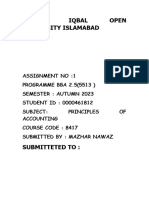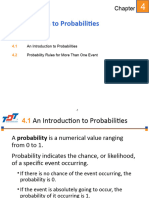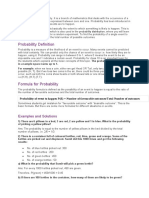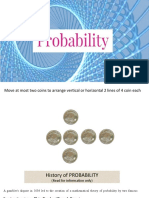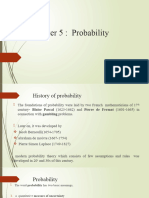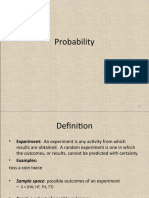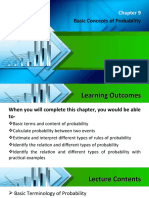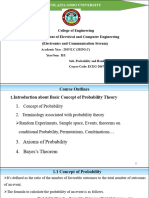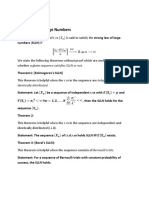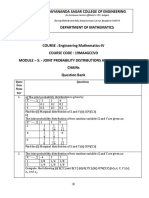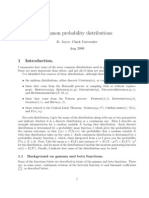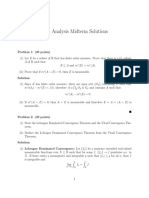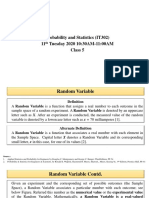0% found this document useful (0 votes)
9 views17 pagesPropability Lecture
The document provides a comprehensive overview of probability, including its definition, calculation methods, and various types such as classical, empirical, subjective, and axiomatic probability. It explains key concepts like sample space, favorable outcomes, and different probability formulas, along with practical applications in real-life scenarios. Additionally, it covers examples of probability calculations for events involving coin tosses and dice rolls.
Uploaded by
عبدالله الموسويCopyright
© © All Rights Reserved
We take content rights seriously. If you suspect this is your content, claim it here.
Available Formats
Download as PDF, TXT or read online on Scribd
0% found this document useful (0 votes)
9 views17 pagesPropability Lecture
The document provides a comprehensive overview of probability, including its definition, calculation methods, and various types such as classical, empirical, subjective, and axiomatic probability. It explains key concepts like sample space, favorable outcomes, and different probability formulas, along with practical applications in real-life scenarios. Additionally, it covers examples of probability calculations for events involving coin tosses and dice rolls.
Uploaded by
عبدالله الموسويCopyright
© © All Rights Reserved
We take content rights seriously. If you suspect this is your content, claim it here.
Available Formats
Download as PDF, TXT or read online on Scribd
/ 17


